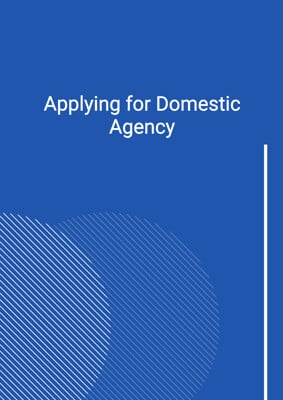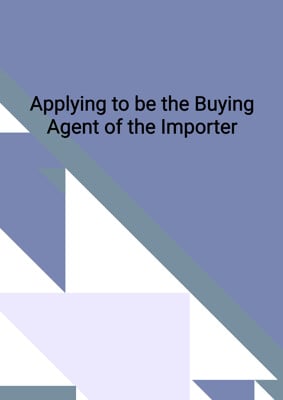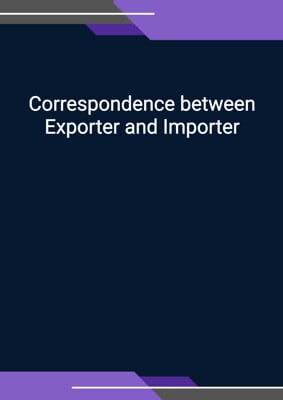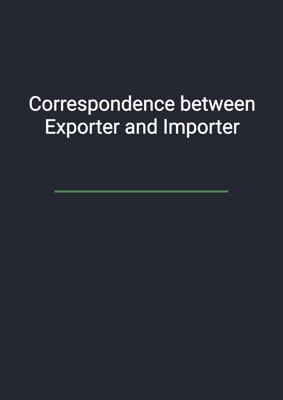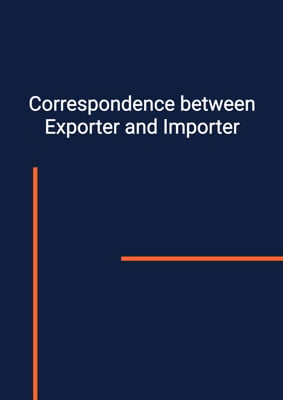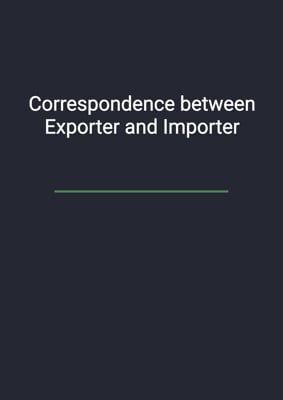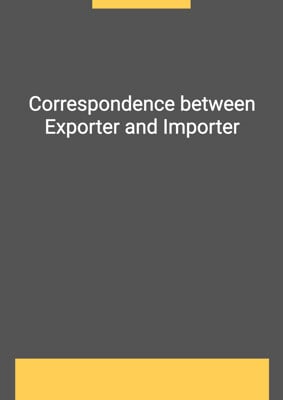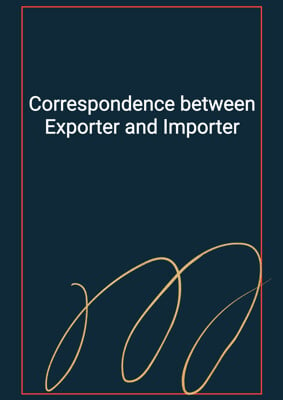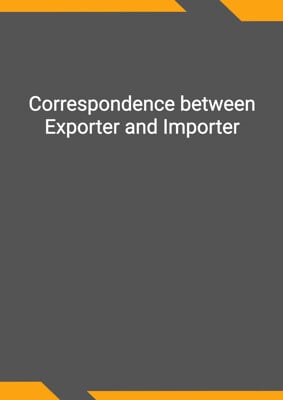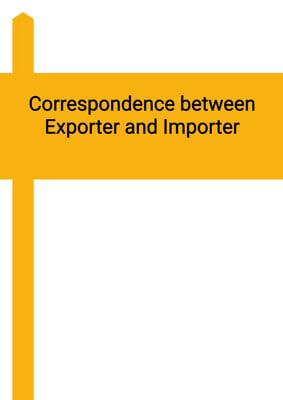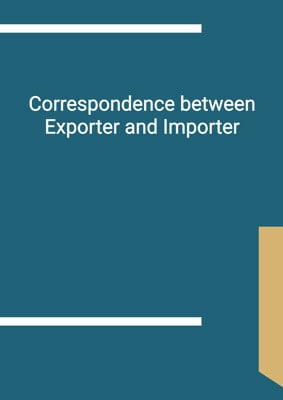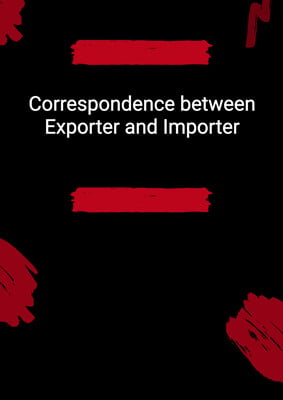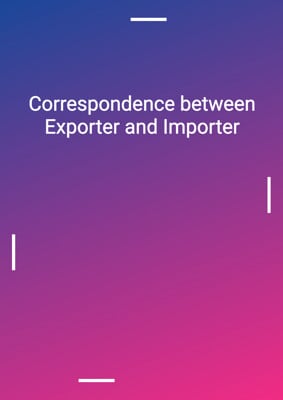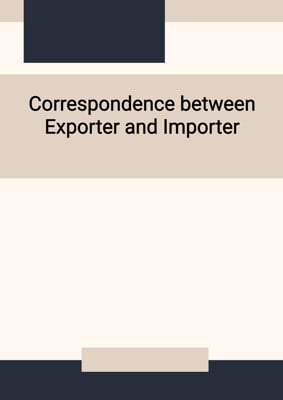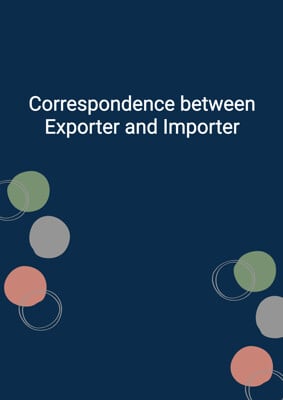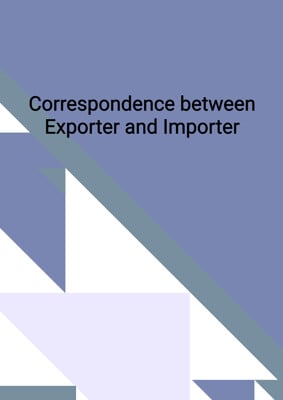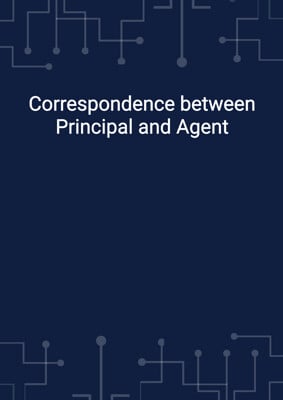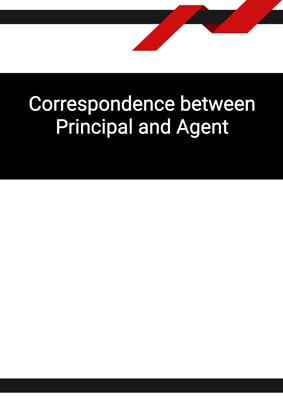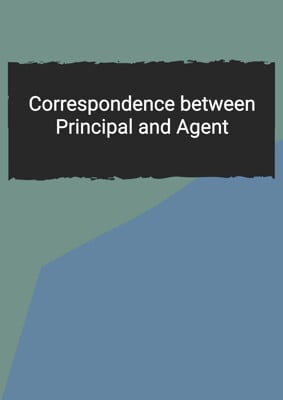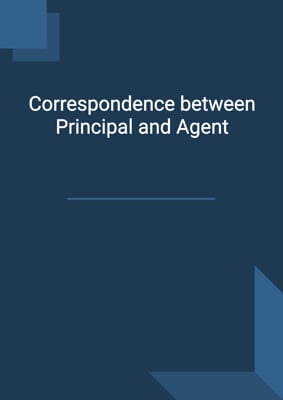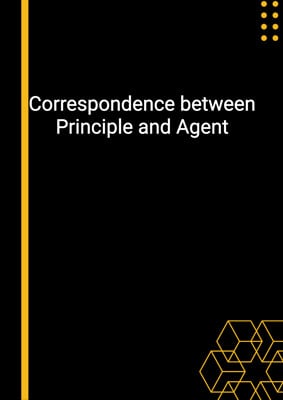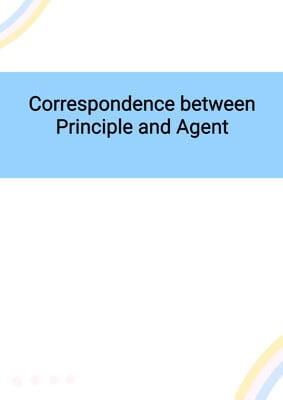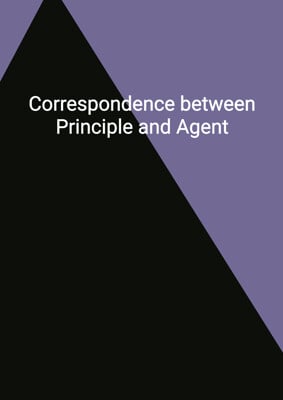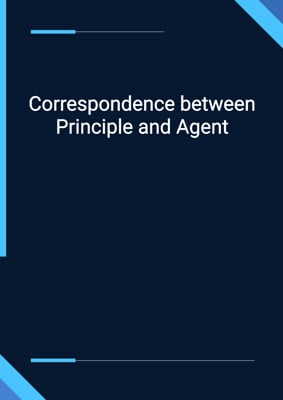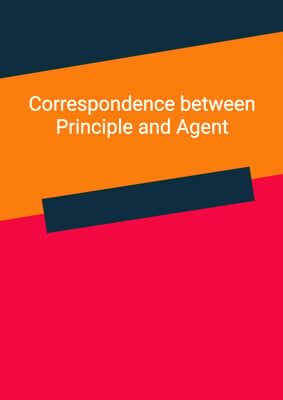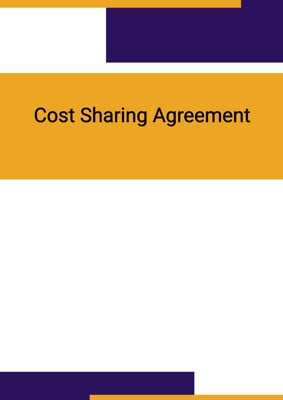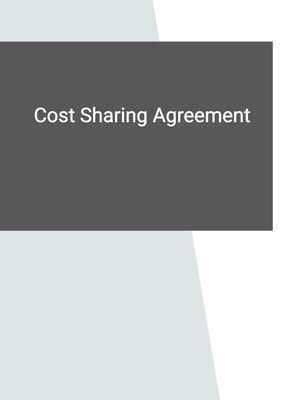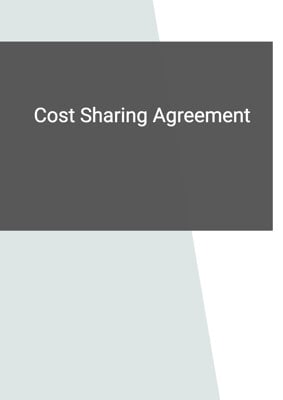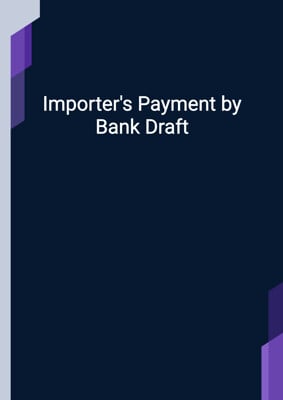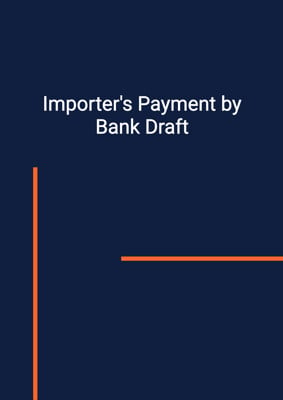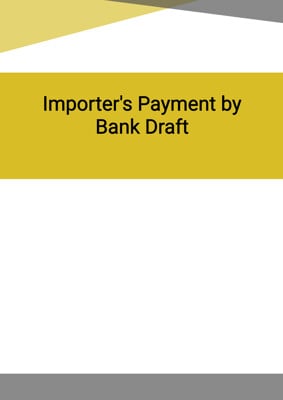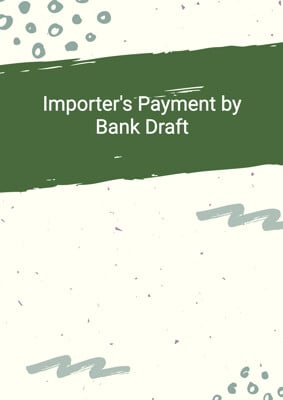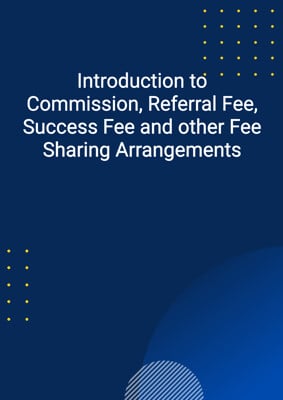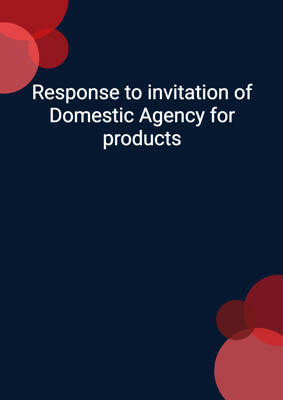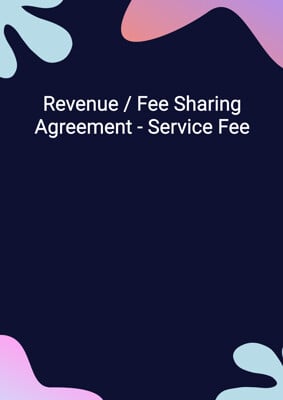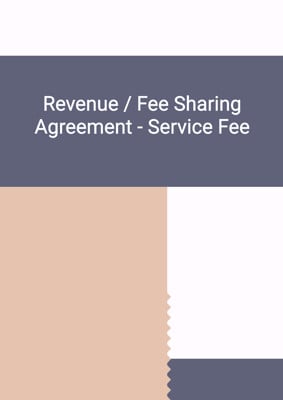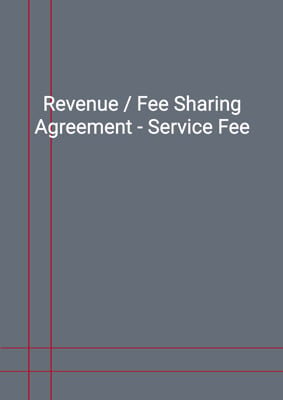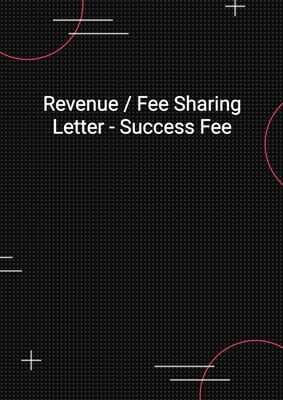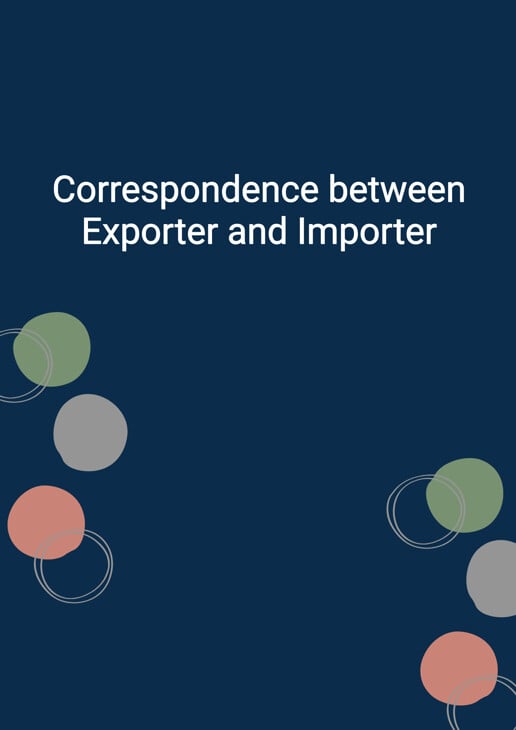
Correspondence between Exporter and Importer
Exporter Instructing Bank against Payment
This document can be used as a template for the exporter / supplier to instruct the bank against payment. It expresses the anxiety of t dealing with the importer, and it instructs the bank to obtain payment of the amount due before the documents are handed over.
How to Tailor the Document for Your Need?
01
Create Document
Click "Create Document" button and the document will be prepared with your account details automatically filled in.
02
Fill Information
Please fill in any additional information by following the step-by-step guide on the left hand side of the preview document and click the "Next" button.
03
Get Document
When you are done, click the "Get Document" button and you can download the document in Word or PDF format.
04
Review Document
Please review the document carefully and make any final modifications to ensure that the details are correct before sending to the addressee.
Document Preview
Document Description
The document titled 'Correspondence between Exporter and Importer' is an important communication tool between an exporter and an importer. It serves as a means to establish contact and exchange necessary information regarding a consignment of goods.
The document begins with the title 'Correspondence between Exporter and Importer' which clearly indicates its purpose. It is a formal letter that is used to initiate communication with the importer.
The content of the document includes various sections that provide important details. The first section includes the account information of the exporter, such as the first name, last name, job title, and address. This information is essential for identification and contact purposes.
The next section of the document includes the date of the correspondence, which is the current date. This helps in establishing a timeline for the communication and ensures that both parties are aware of when the document was created.
The document then proceeds with a salutation, addressing the recipient as 'dear sir/madam'. This is a polite and formal way to initiate the communication.
The main body of the document contains the message that the exporter wants to convey to the importer. It states that a consignment of goods is being shipped to the importer, but due to limited knowledge about the importer's standing, the exporter is not willing to surrender the enclosed documents on a d/a (documents against acceptance) basis. Instead, a sight draft on the consignees is enclosed, along with a bill of lading and insurance certificate.
The exporter requests the recipient to arrange for their correspondent in the destination country to obtain payment of the amount due before handing over the documents. This ensures that the exporter receives payment before releasing the goods to the importer.
The document concludes with a closing phrase 'yours faithfully' followed by the account information of the exporter, including the first name, last name, and job title.
In summary, the document serves as a formal communication between an exporter and an importer regarding a consignment of goods. It includes important sections such as account information, date, salutation, main body, and closing phrase. The document highlights the importance of obtaining payment before releasing the documents and provides necessary instructions for the recipient to follow.
How to use this document?
Guidance for using the document:
1. Enter the account information: Fill in the first name, last name, job title, and address of the exporter in the designated fields. This information is crucial for identification and contact purposes.
2. Specify the date: Enter the current date in the designated field. This helps establish a timeline for the communication and ensures that both parties are aware of when the document was created.
3. Address the recipient: Begin the document with a salutation, addressing the recipient as 'dear sir/madam'. This sets a polite and formal tone for the communication.
4. Provide the main message: In the main body of the document, clearly state that a consignment of goods is being shipped to the importer. Explain the reason for not surrendering the enclosed documents on a d/a basis and enclose a sight draft on the consignees, along with a bill of lading and insurance certificate.
5. Request payment arrangement: Request the recipient to arrange for their correspondent in the destination country to obtain payment of the amount due before handing over the documents. This ensures that the exporter receives payment before releasing the goods to the importer.
6. Conclude the document: End the document with a closing phrase such as 'yours faithfully' followed by the account information of the exporter, including the first name, last name, and job title.
7. Send the document: Once the document is completed, it can be sent to the recipient via email, mail, or any other appropriate method of communication.
Note: It is important to ensure that all the necessary information is accurately filled in and that the document is sent to the correct recipient. Double-check the document for any errors or missing information before sending it.
Not the right document?
Don’t worry, we have thousands of documents for you to choose from:

